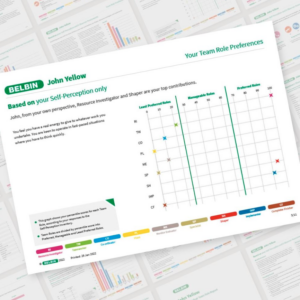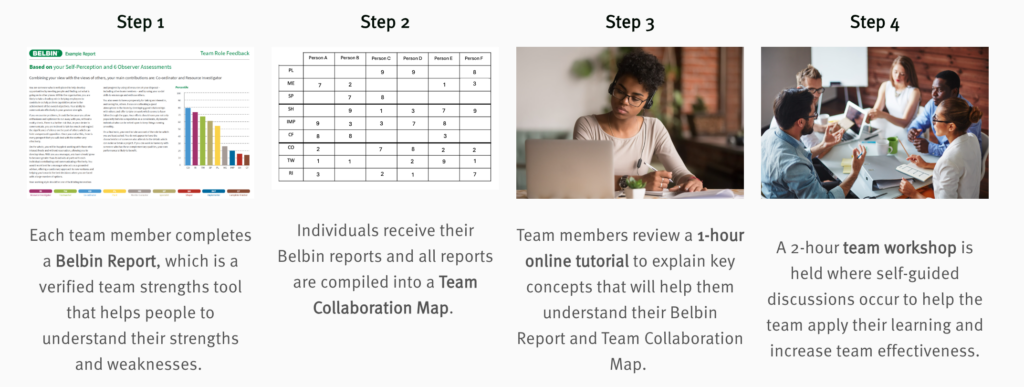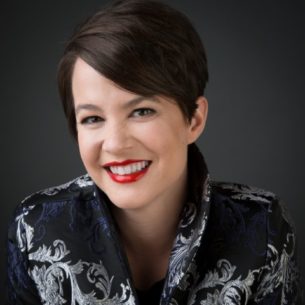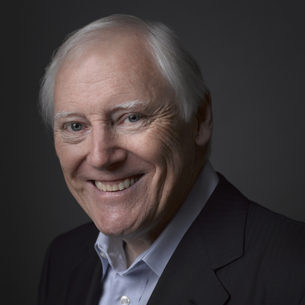- Belbin North America
- The Nine Belbin Team Roles
The Nine Belbin Team Roles
Dr. Meredith Belbin defines a ‘Team Role’ as one of nine clusters of behavioral attributes identified by his research at Henley as being effective in order to facilitate team progress.
Meredith Belbin’s research showed that the most successful teams were made up of a diverse mix of behaviors. To build high-performing teams, we need to represent each of the nine Belbin Team Role behaviors at the appropriate times.
What are the nine Belbin Team Roles?
The nine Belbin Team Roles are: Resource Investigator, Teamwork and Co-ordinator (the Social roles); Plant, Monitor Evaluator and Specialist (the Thinking roles) and Shaper, Implementer and Completer Finisher (the Action of Task roles).
Resource Investigator
Teamworker
Co-ordinator
Plant
Monitor Evaluator
Specialist
Shaper
Implementer
Completer Finisher
The only sanctioned way of finding out your Belbin® Team Role strengths and weaknesses is by completing a Belbin® Individual report. We then recommend that you ask for feedback from people you work with, using the Observer Assessment. This gives you an updated Belbin Individual report which gives you an insight in to which Team Role behaviors others see and value. Individual reports can also be compiled into a Team Report, which assesses how a team will work together and where improvements can be made.
What does a Belbin Report show me?
A Belbin Report will help you to understand your strengths and weaknesses in relation to the nine “Team Roles” – clusters of behavior that have a positive impact on team performance. In order for a team to be successful, the right Team Role contributions need to be brought in at the right time. In a Belbin report, you’ll learn:
- Which Team Roles you have a preference for and which ones you may be weaker in
- How your team or observers see your strengths and weaknesses for each role
- Team Role feedback to help you play to your strengths
- Suggested working styles and placements base on your Team Roles
Compiling a team’s Belbin reports into a Team Report can provide additional insights to better understand and improve team dynamics and effectiveness.
Are all Team Roles needed at all times?

t’s not always necessary to have all Team Roles working simultaneously. It’s important to consider the team objectives, and then work out which tasks need to be undertaken. Once this has been done, discussions can take place regarding how and when each Belbin Team Role behaviour should be utilized.
Using the Belbin Reports can give people a greater understanding of their strengths, which leads to more effective communication in the team. Managers can put together great teams, enhance the performance of existing ones, and ensure that everyone feels that they are making a difference in the workplace.
Do you need nine people in a team, each with a strength in each Belbin Team Role?
Although there are nine Belbin Team Roles, this doesn’t mean that every team requires nine people. Most people will have two or three Belbin Team Roles that they are most comfortable with, and this can change over time. Each Belbin Team Role has strengths and weaknesses, and each role is equally important to the team’s success. To find out the Belbin Team Role strengths of individuals and teams, you need to use the Belbin reports.





